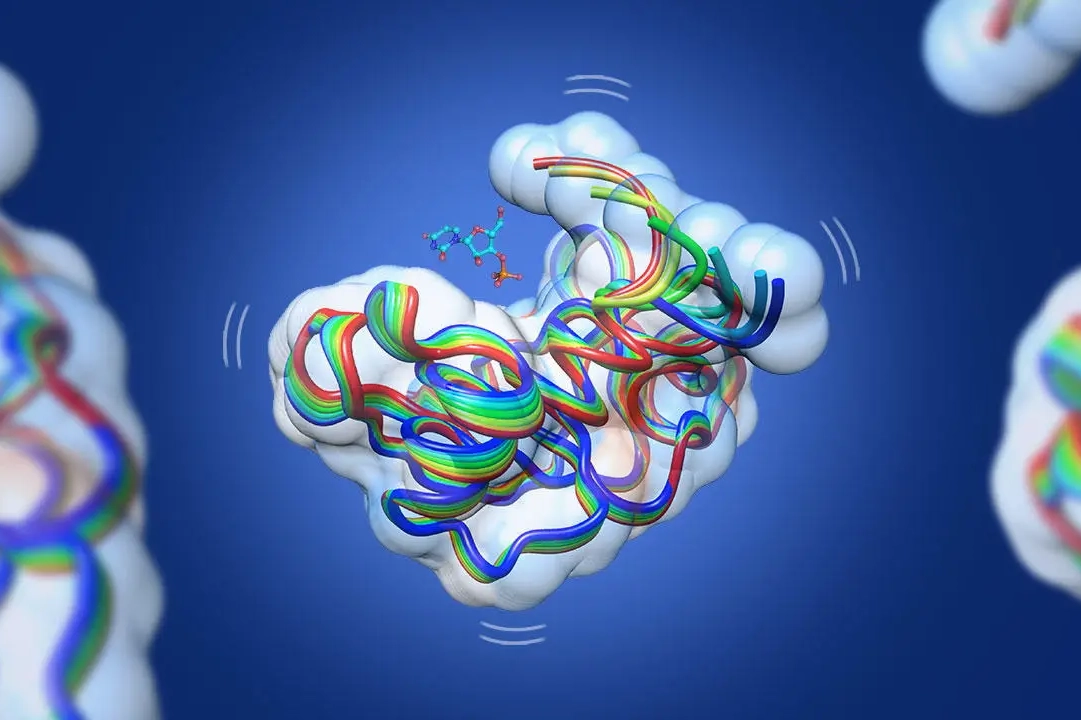The components of Probiotic Bacteria Spores support Digestive Function
Sep 17, 2023

1. Pectinase: Pectinase is a group of hydrolase enzymes, capable of degrading pectin – a polysaccharide found in fruits and vegetables. Pectinase is commonly used in the food industry to aid in the separation of fluids in fruit juices and juice production in the food industry.
2. Hemicellulase: Hemicellulase also belongs to a group of hydrolase enzymes, capable of degrading hemicellulose – a polysaccharide that exists in the cell structure of fruits and vegetables. Hemicellulase is used in industry to separate hemicellulose from plant sources and improve the digestibility of foods containing hemicellulose.
3. Amylase: Amylase is a hydrolase enzyme capable of breaking down starch into simple sugars such as glucose. It can be found in saliva, urine and many body tissues, and plays an important role in the digestion of starch.
4. Phytase: Phytase is an enzyme capable of releasing phosphorus from phytate – a non-absorbable form of phosphorus found in many plant sources. The use of phytase can improve the absorption of phosphorus in feed and reduce the dependence on chemical phosphorus supplementation in animal production.
5. Lipase: Lipase is a group of hydrolase enzymes capable of decomposing lipids (fats) into fatty acids and glycerol. It plays an important role in the digestion of fats in food.
6. Catalase: Catalase is a redox enzyme, helping to decompose hydrogen peroxide into water and oxygen. It plays an important role in protecting cells from damage caused by hydrogen peroxide, a waste product produced during cellular metabolism.
7. Glucoseoxidase: Glucoseoxidase is an enzyme capable of oxidizing glucose into glucono-1,5-lactone and hydrogen peroxide. Commonly used in the food and pharmaceutical industries.
8. Cellulase: Cellulase is a group of linked enzymes capable of degrading cellulose – the main polysaccharide that forms the cell structure of fruit trees. Cellulases are used in industry to produce products from cellulose, such as food fibers and biofuels.
9. Protease: Protease is a group of hydrolase enzymes, capable of decomposing proteins into peptides and amino acids. Proteases play an important role in protein digestion and in other biological processes related to protein degradation.
10. Xylanase: Xylanase is a hydrolase enzyme, capable of degrading xylan – a polysaccharide that exists in the cell structure of fruits and vegetables. Xylanase is used in the food industry to improve the digestibility of foods containing xylan.
11. Probiotics: Probiotics is a term used to refer to bacteria that are beneficial for intestinal health. They have the ability to grow and live in the intestines and have a positive impact on the body’s health.
12. Lactobacillus casei Shirota, Lactobacillus bulgaricus and Streptococcus thermophilus: These are three special types of probiotic bacteria, widely used in fermented milk products such as yogurt and milkshakes. They can help balance intestinal microflora and improve digestion.
These enzymes and bacteria play an important role in the digestive process, support metabolism and provide health benefits to the human body.
(0) Bình luận
Viết bình luận